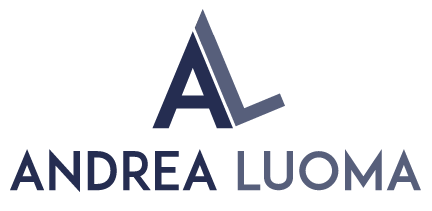The Stats - Turnover & its staggering costs:
•Employees with the highest level of commitment perform 20% better and are 87% less likely to want to leave the organization (Corporate Leadership Council, 2004).
•Companies that communicate most effectively are 50% more likely to report turnover levels below the industry average compared with only 33% for the least effective communicators (Watson Wyatt, 2003).
•18% of the variation in sickness and absence rates across the company was due to variations in communication practices (Brown, Duncan & MacDonald, 2003)
Employee Engagement
The concept of engagement since its emergence in the 1990s has grown rapidly. The pace of growth of the concept may have impeded the academic evidence as it grew and developed in this form, faster than it could ever be studied, to the point there are now over fifty definitions of engagement. The academic community has gradually started to acknowledge the deficit in definition and quality research…
· Insights. (2014). Employee engagement: Whitepaper. Insights Group Ltd. Retrieved from: https://www.insights.com/files/employee-engagement-white-paper.pdf
There is a firm correlation between employee engagement and high organisational productivity and performance across all sectors of the UK economy. It is found that employee disengagement is clearly contributing to the low productivity figures.
· Dodge, T. & D’Analeze, G. (2012 November 12) Employee engagement task force: “Nailing the evidence” workgroup. Engage for Success. Retrieved from: http://engageforsuccess.org/wp-content/uploads/2015/09/The-Evidence.pdf
According to a Monmouth University study, the importance of identifying and leveraging the passions of the people on your team, but also about the major role that reflection plays in building greater workplace affiliation and engagement. It turns out that the capacity for reflection that you and your team demonstrate directly correlates to the level of engagement the team is likely to experience.
· Love, Alaina (2017 February 27). The untapped secret for inspiring employee engagement. Smartbrief on Leadership. Retrieved from: http://www.smartbrief.com/original/2017/02/untapped-secret-inspiring-employee-engagement?utm_source=brief
Research shows that engagement is critical to your bottom line. Science shows that enhancing employee engagement drives hard results, ultimately increasing productivity, performance and profit. The hard costs of disengagement include:
· 70% of employees are disengaged (Gallup, 2017)
· Lost productivity, the top result of disengagement, costs companies around $3,400 for every $10,000 in annual salary per employee (Haydon, 2013)
· Turnover, the end result of disengagement, costs companies 48-61% of an employee’s annual salary (Watson Wyatt, 2015)
Based on these numbers, if your company has 50 employees, approximately 35 (70%) are disengaged. If the average salary per employee is $50,000, you lose $17,000/year per employee -- due to lost productivity driven by disengagement. That equates to $595,000 for all 35 disengaged employees. Say about 5 of those 35 employees quit within the same year, turnover will cost you around $25,000.00 per employee, totaling $125,000. Combining the cost of lost productivity with the cost of turnover, disengagement costs your company around $720,000 per year. Further, companies with low employee engagement scores earn 32.7% lower than companies with highly engaged employees (International Survey Research, 2006).
· Brio. (2017). Research Shows that Engagement is Critical to Your Bottom Line. Brio. Retrieved from: http://brioatwork.com/roi/
Contact Dr. Andrea, to learn how to increase the following into your organization:
Take a moment in reflection…
Most often it’s not that our team is unskilled, uneducated or lacks knowledge, it’s typically that we cannot get along! Yet, icebreaking or team building exercises haven’t seemed to work. Employees must learn how brain and body chemicals work for and against them, as well as when to trust those internal chemical and electrical impulses, and when and how to override them. Imagine if you could be freed up of the energy you expend intervening in relationship squabbles?

